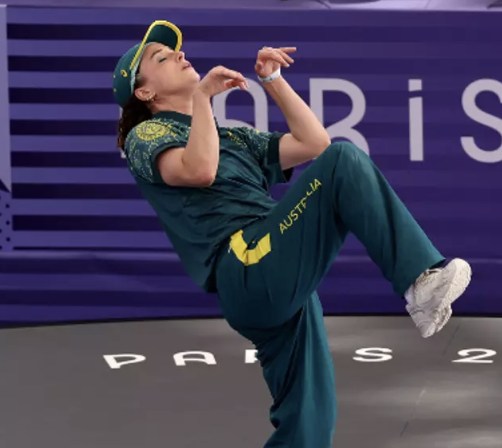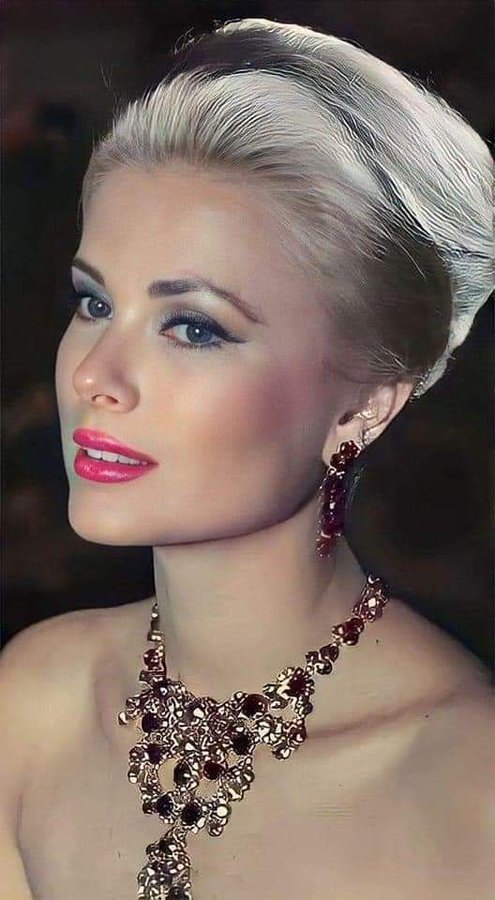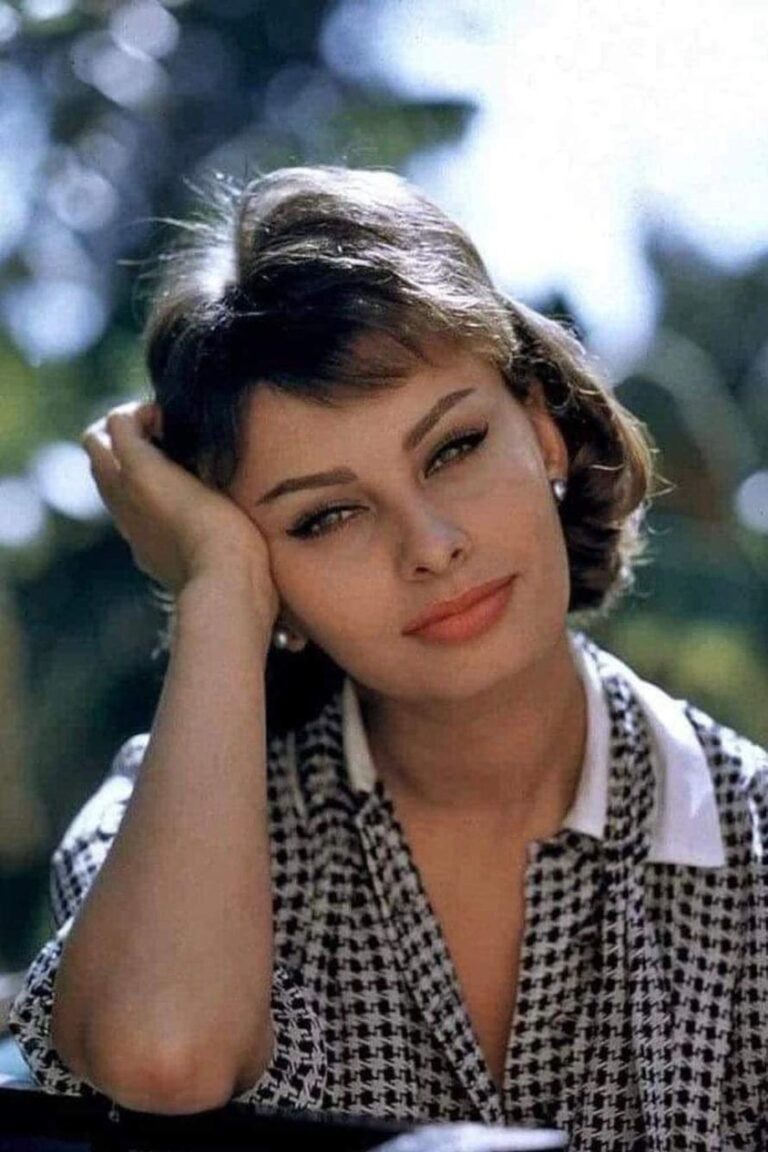Australian Olympic breakdancer exposed after controversial routine
Dr. Rachael Gunn, also known by her b-girl name “Raygun,” created quite a stir during the 2024 Paris Olympic Games with her performance in the breaking event.
Her routines, which earned her zero points in all three round-robin battles, sparked a wide array of reactions online. Some viewers found her unconventional style amusing, while others criticized her academic background and questioned her intentions.
However, as it turns out, Dr. Gunn had a clear purpose behind her performance.
Rachael Gunn, a 36-year-old Australian breakdancer, faced tough competition in her debut of breaking at the Olympics. She lost all three of her battles — 18-0 against the USA, France, and Lithuania.
Despite the losses, her unique style and approach quickly went viral on social media, where she was both mocked and praised. One person on X (formerly known as Twitter) commented: “If this Raygun lady turns out to be a comedian who somehow blagged her way through qualifiers and to the Olympics, and was bad on purpose, it will be one of the greatest bits ever achieved.”
Amid growing criticism, Rachael addressed the backlash on her Instagram page, hinting at gender bias. She wrote (per News.com.au): “Looking forward to the same level of scrutiny on what the boys wear tomorrow,” pointing out the double standards in how male and female breakdancers are judged.
Rachael had earned her spot as Australia’s b-girl representative after winning the Oceania Breaking Championships in 2023. In breaking, the terms “B-girl” and “B-boy” are used to refer to female and male breakdancers, respectively. The “B” stands for “break,” derived from the breakbeats in the music to which the dancers originally performed. Breaking, also known as b-boying or b-girling, emerged in the 1970s as a key element of hip-hop culture.
In a post shared by her country’s breaking team, Rachael encouraged others to embrace their individuality: “Don’t be afraid to be different. Go out there and represent yourself, you never know where that’s gonna take you.”






